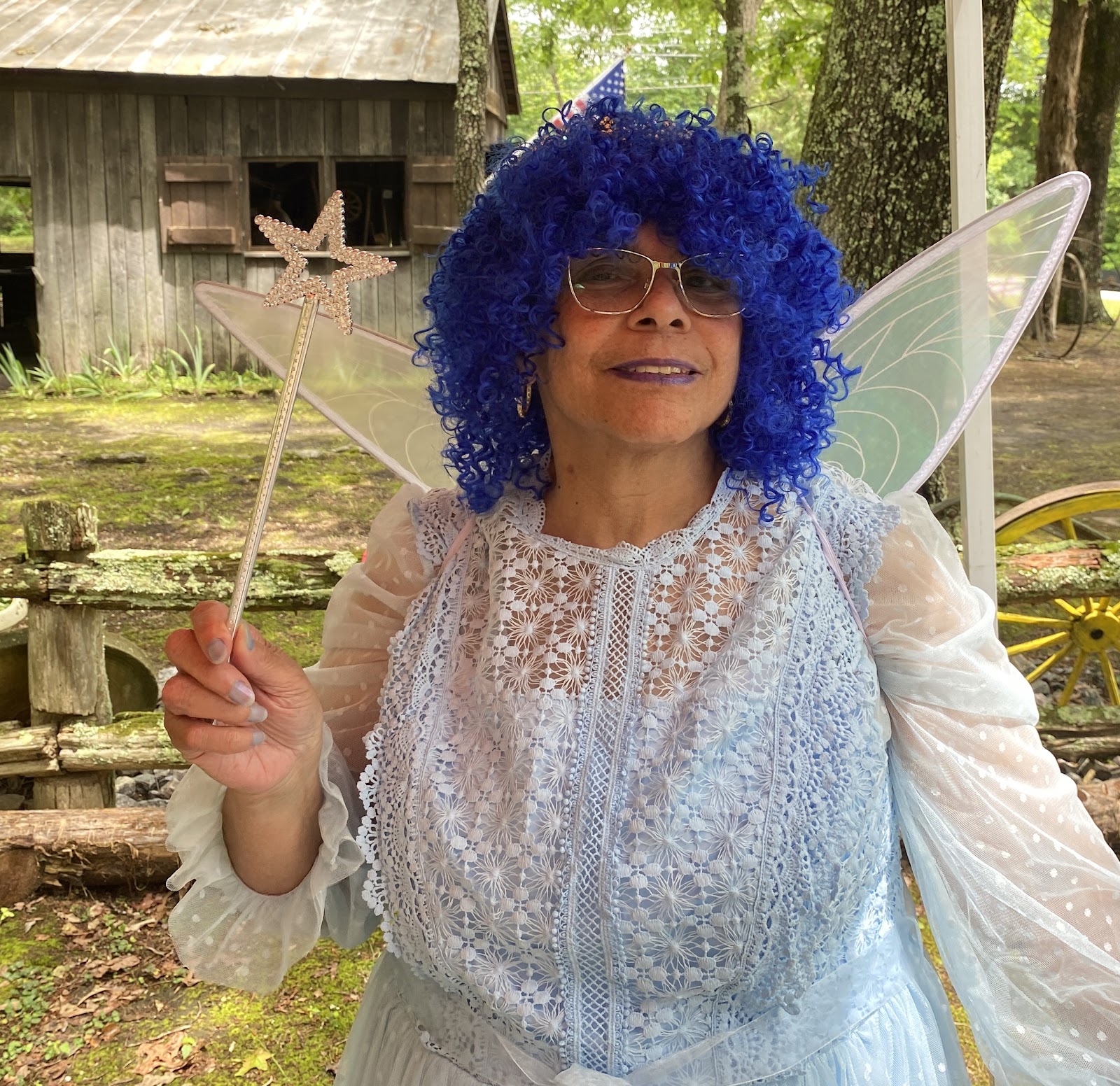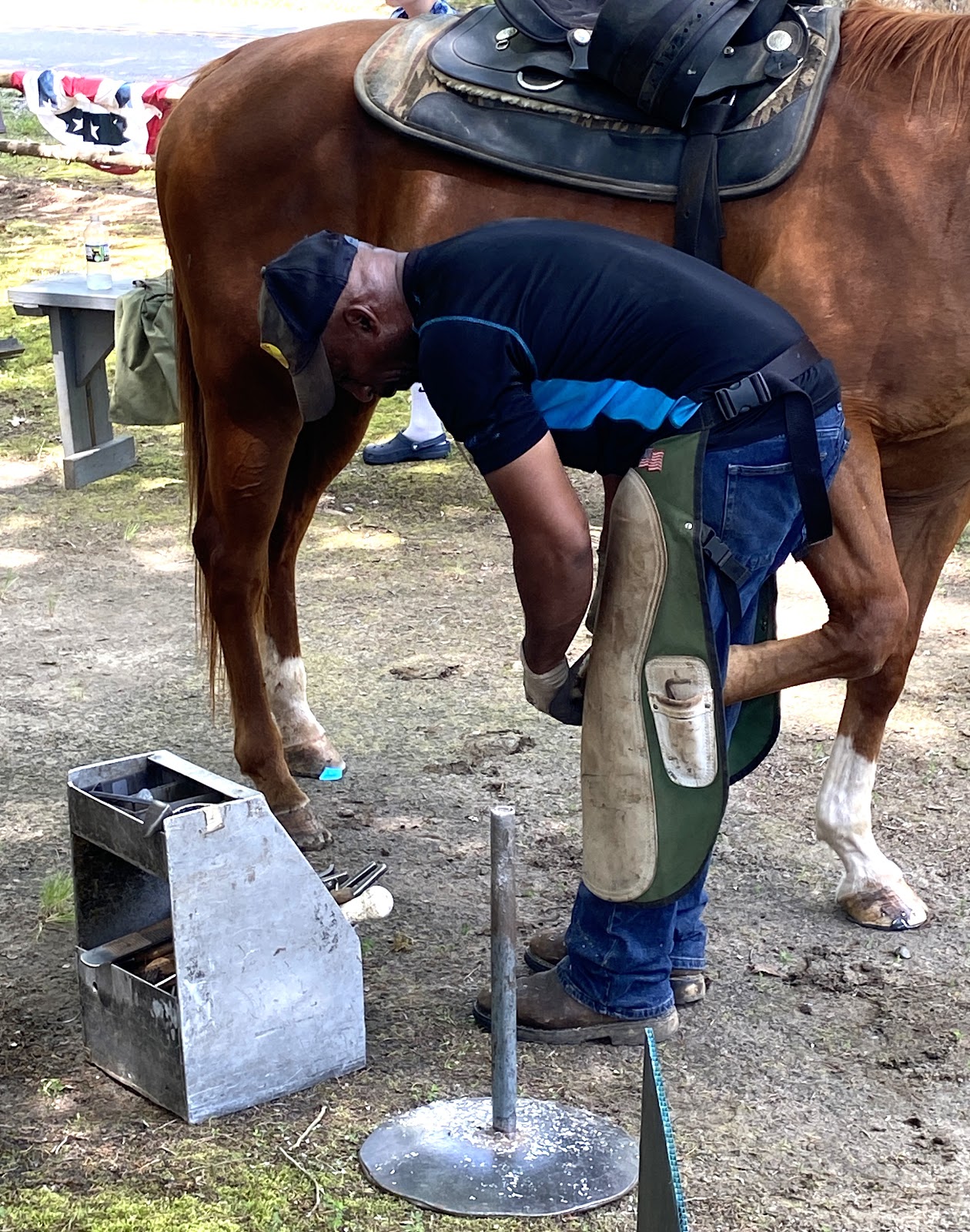 |
| West Creek in the center of the proposed TOD looks more like a nature preserve than eocnomic engine |
Every year when crafting the county budget, Goochland supervisors
struggle to allocate expected revenues to fund core services in a way that is
reminiscent of a mother bird dividing a worm among hungry hatchlings.
Despite burgeoning assessments, which result in higher real
estate tax bills—the 53 cents per $100 of valuation rate has remained steady since
2007—fiscal needs outpace available tax dollars. Inflation is partly to blame
for this. Higher citizen expectations and a changing world also contribute. For
instance, not that long ago, fire-rescue providers were mostly volunteers. Now,
they are paid employees, increasing county expense. Then there is the more than
$100 million of needed capital expenditures festering in the county’s fiscal future.
The current board of supervisors has committed to increasing
commercial investment in the county to improve the ratio of commercial to
residential tax revenue from its current approximately 18/80 to 30/70, easing
the burden on homeowners. They plan to accomplish this by pursuing robust development
in the county’s designated growth area, roughly north of Rt. 6 and east of
Mankin Road, which includes the Tuckahoe Creek Service District.
On Monday, July 7, the county held a community meeting to
explain its initiative to amend the county code and 2035 comprehensive land use
plan (https://www.goochlandva.us/250/2035-Comprehensive-Plan)
by establishing a technical overlay district (TOD) and a technology zone (TZ) to
attract high revenue business that generates
lots of tax dollars and high paying jobs
to the county. Much of the proposed TOD and TZ are in West Creek, with some
acreage hugging I64 east of Ashland Road. The TOD and TZ, as proposed, account
for a bit more than two percent of the county’s total land area and about 18 percent
of the designated growth area. Goochland is approximately 290 square miles.
People who own land in and adjacent to the area under review
were invited to the session by letter, others—the board room was nearly full—learned
about the meeting from the county website, social media posts, and word of
mouth. Property owners will be able to opt out of inclusion in the TOD and TZ
but must do so in writing before October 7, when the supervisors are expected
to vote on the matter. The planning commission will hold public hearings on the
TOD and TZ at its August 21 meeting.
Director of Economic Development Sara Worley and Ray Cash,
Assistant Director of Community Development, explained the proposals.
Worley said that the county needs more business revenue to achieve
the 30/70 tax ratio to relieve the tax burden on residential property. Goochland
has designated a growth area in the eastern part of the county where commercial
and industrial growth should go to keep the rest of the county—the goal is 85
percent—rural. To maximize return on investment here, the county is actively
pursuing high revenue producing businesses in the technology sector. These
include data centers, which have been a by right—essentially prezoned—use in
West Creek for years. This is expected to being significant private sector
investment in the county as well as good paying jobs.
The TOD, explained by Worley, allows specific uses and
imposes more stringent development standards for buffers, noise limits, and architectural
standards to mitigate the impact on property outside the district, than West
Creek, whose existing standards are fairly high.
The TZ is complementary to the TOD because it allows the county
to provide incentives to businesses for locating in Goochland. These can
include a reduction of certain fees and some tax rebates. Worley made it clear
that any new business in the TCSD will not be exempt from paying ad valorem
tax.
The boundaries of the TOD and TZ were determined, said
Worley, after careful analysis of the existing zoning, availability of large
tracts of developable land, availability of public utilities, and electrical
and natural gas infrastructure in the designated growth area.
Data centers are proliferating around us. Louisa has several;
one was recently approved in Powhatan.
Worley said that by right uses in the TOD will include: an advanced
manufacturing facility that creates products through innovative technologies
that depend on information, automation, computation, software, sensing, and
networking; data center; public utility; technology college, university, or
technical school; technology research and development facility; technology
training center. All must be for profit enterprises. Go to https://www.goochlandva.us/1408/Technology-Overlay-District-Technology-Z
for details.
Because these facilities do not exist in a bubble, accessory
uses including on site water and sewage treatment plants, will be allowed by right.
These will be regulated to ensure no adverse impact on Goochland. Also included
as accessory uses are food service, and energy-generating and storage facilities,
which too will be required to meet all health, safety, and environmental standards.
The TOD and TZ propose a by right maxim structure height of
120 feet, higher than the current 80 feet, which can be exceeded only with a conditional
use permit. Worley said that some advanced pharmaceutical manufacturing needs
this height for their processes. Worley said that these facilities will be
built away from residential areas. “These companies want to be good neighbors
and don’t want to locate in people’s back yard.”
Noise generated by proposed industries, based on existing facilities,
is expected to be in the 60-65 decibel range, which is roughly between normal
conversation and an air conditioner. Lighting must conform to the county’s dark
sky policy.
Much of West Creek, which was created in the 1980’s as an economic
engine for the county, still looks more like a nature preserve.
Cash discussed the land use side of the proposal. He outlined
minimum 200-foot buffer and setback requirements in the proposed changes, which
are intended to mitigate visual impact of large buildings on surrounding areas.
Tall trees, which already exist in much
of the TOD, will provide screening. He also showed examples of attractive data
centers that resemble office buildings.
 |
| Existing tree canopy south of Readers Branch |
Some citizens raised concerns that water needed for data centers could result in water shortages for residential users. The TOD is in the TCSD, whose water comes from Henrico. Currently, the county has a water allocation of 25 million gallons per day, of which only about five million is used.
Another contended that trees are not an effective way to
mitigate noise and advocated for earthen berms with trees on top. The 200-foot
setback as a buffer to mitigate visual impact was labeled a “bundle of nonsense”.
Some attendees were skeptical that there is sufficient energy
in the TOD to power the proposed uses and wondered where new high voltage
electric lines might be placed. One
person contended that people who live near high voltage lines have a greater incidence
of cancer. Worley said that electric power capacity will be determined by Dominion
and the end user. There was no discussion of how the major natural gas line,
located roughly in the center of the TOD, could be used to generate electricity
separate from the power gird.
Worley said that currently there are no data center non-disclosure agreements (NDAs) in effect. She did say that
at least five companies have expressed interest in locating data centers here.
Concerns about “energy storage facilities” were raised. A
proposal to locate a battery storage facility in rural Crozier seems to have
gone away, but these could wind up in the TOD.
Citizens also expressed frustration about the lack of notification
about the meeting and proposals in general. This has been a recurring issue and
a valid concern, but the remedy is elusive. What is the best way to inform
county residents about things that might impact their daily lives? Encouraging
citizens to check the county website and follow it on social media could reach more
people. Getting people to pay attention is the hard part.
Please check the county website often for updates on the TOD/TZ
initiative and pay attention as this moves forward. Tell your friends and
neighbors.
Map of proposed TOD. (Goochland County image)













